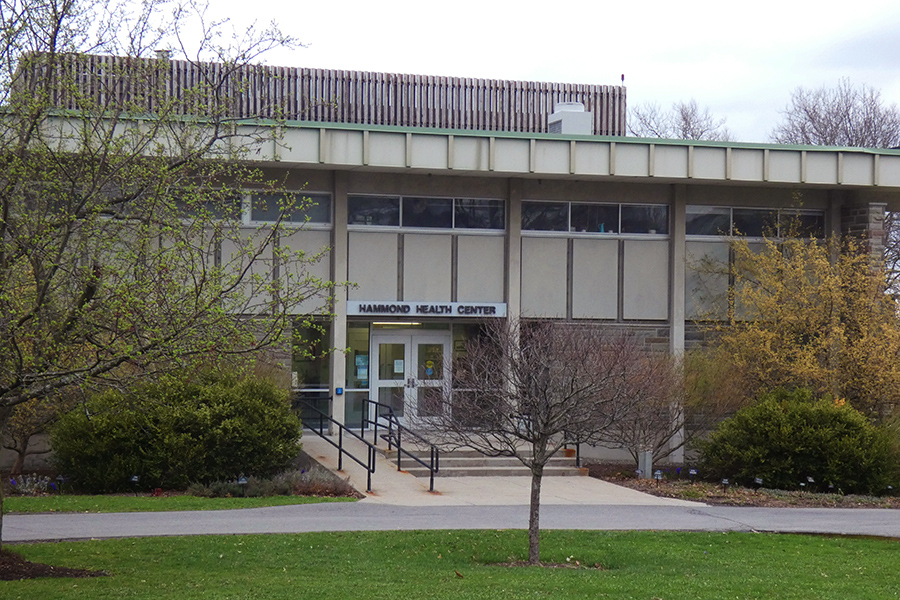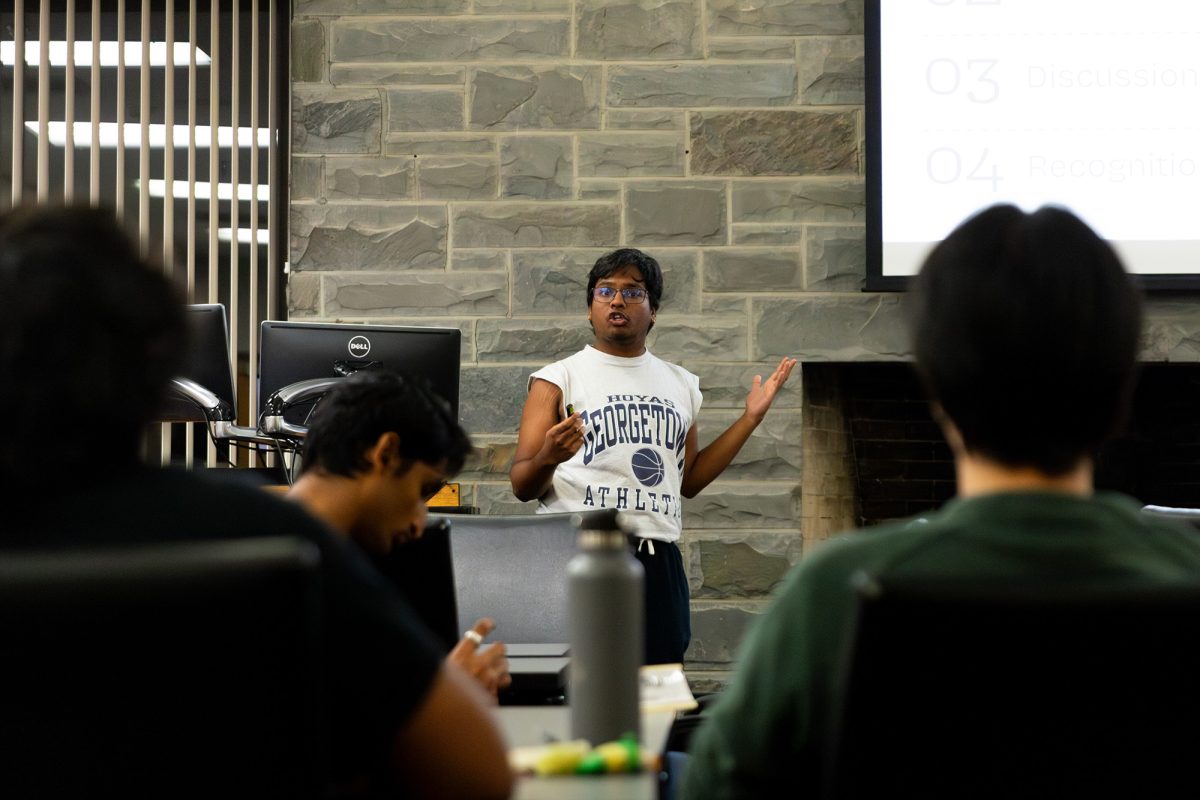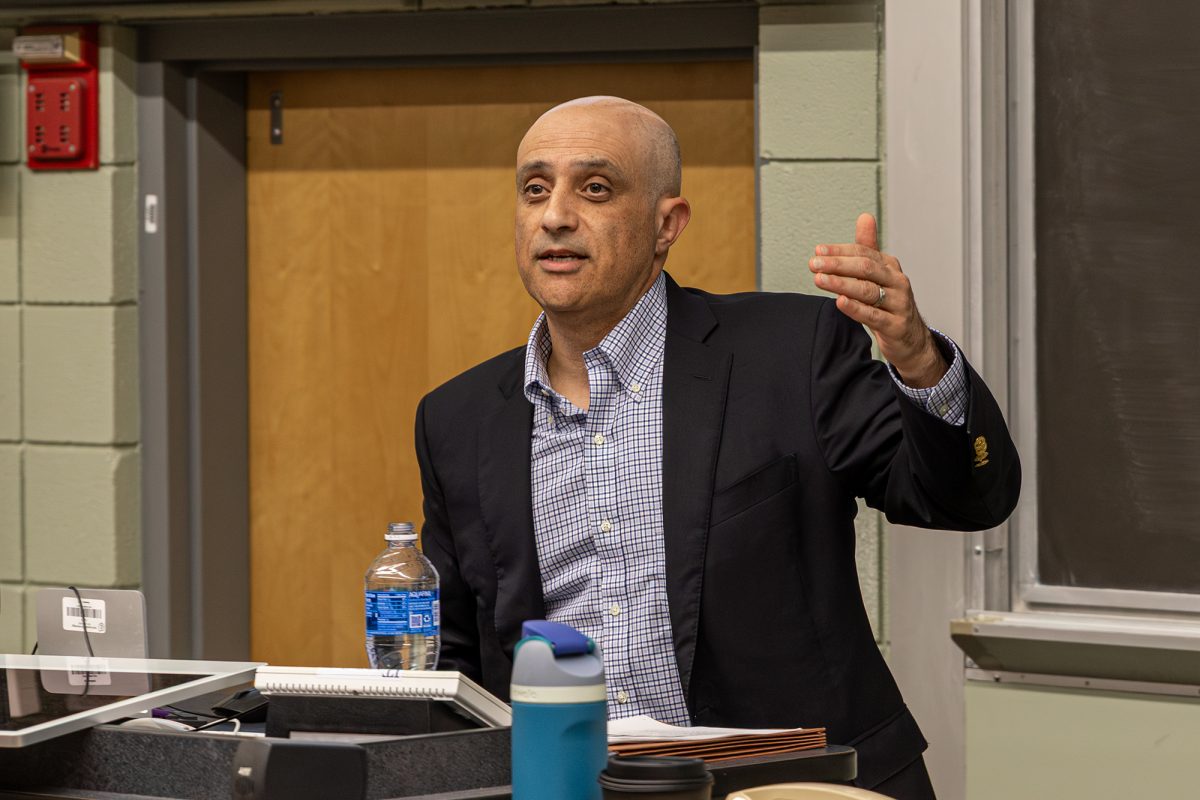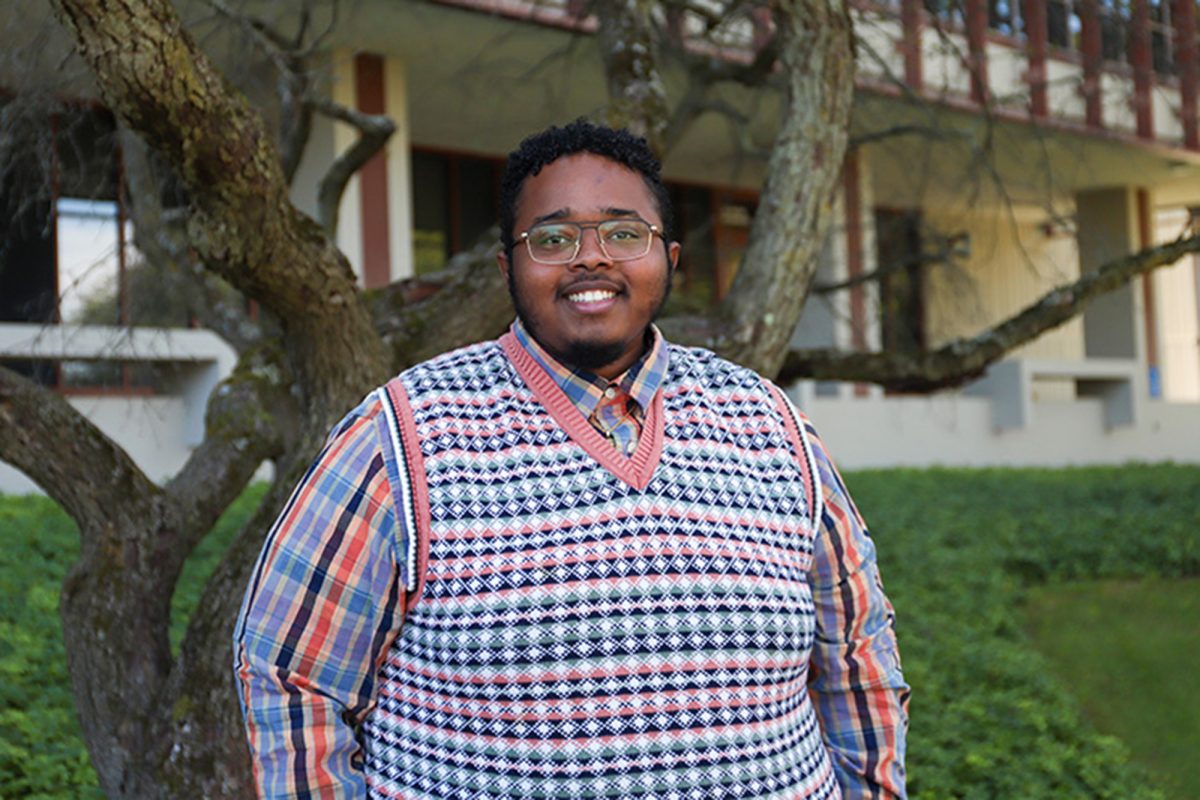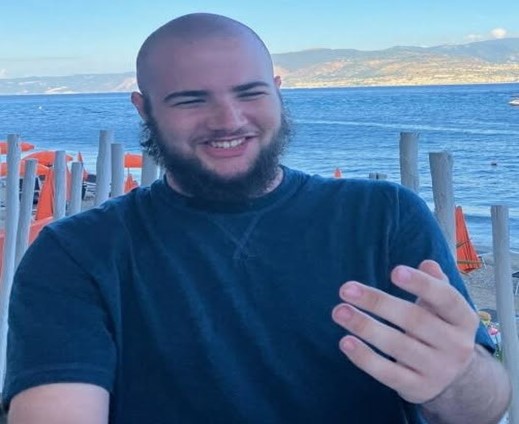Ithaca College students attended a talk Oct. 6 focusing on how art can be utilized to improve and revitalize communities of color. The talk was part of the ongoing Discussion Series organized by the college’s Center for the Study of Culture, Race, and Ethnicity.
The talk, called “Beyond Community: Fractured Systems,” was given by Jeffreen M. Hayes, a former fellow in the Department of Art History who has worked as a nonprofit leader, an art historian and a curator with a focus on African-American art. Hayes has a Ph.D. in African-American visual and popular culture.
Hayes told the audience firsthand accounts of her experiences with “broken and fractured systems” — organizations like municipalities, nonprofits and developers that failed to address racial and socioeconomic problems within their respective communities. A main focus of the talk was race, and racial issues were very closely intertwined with much of Hayes’ work.
A concept called “creative placemaking” has been the focus of recent efforts to revitalize black communities. Creative placemaking is the process of infusing a particular struggling neighborhood or community with art and culture in an attempt to improve it.
Hayes said much of the creative placemaking projects that are currently underway have fundamental flaws that ultimately undermine their success.
“With this work it’s about … bringing in artists who typically are outside of those communities … to come in and revitalize through art projects without really thinking about the real deep issues within that community,” Hayes said.
Hayes cited the former steel industry boomtown of Gary, Indiana, as an example, which now struggles with a high unemployment rate and a growing number of abandoned homes and buildings. Hayes said basic infrastructural problems — like Gary’s nonfunctional streetlights — should be addressed before artistic remedies to the ailing communities are attempted.
Another common pitfall of the fractured systems, Hayes said, is the failure to involve community members in so-called “community engagement” projects. Many such projects only truly involve community members in their final stages, where they do not have significant input.
“That is where I work — thinking about actually engaging the community members from the onset,” Hayes said.
Hayes also shared her experiences as a curator at an art museum in Birmingham, Alabama.
Working at the museum, Hayes encountered a fundamental disconnect between the views of co-workers and museum staff, who were mostly white, and the people of Birmingham — a city whose population is over 70 percent black.
Often, Hayes said, the museum’s white staff was not receptive to incorporating black artwork into exhibits, resisting changes she made to better align the contents of the museum with the communities and people around it.
While working at the museum, Hayes used a unique, personal approach to further the museum’s outreach, establishing relationships with community members and using those connections to attract visitors to the museum. Hayes said she met a barber named Jerome and used his barbershop social scene as a vessel through which to raise awareness for the museum.
Sophomore Christian Conyers attended the talk.
“She focused heavily on art mixing with race … about how important it is to express art,” Conyers said. “Sharing art is also like sharing culture.”
Freshman Nnebundo Obi said Hayes did not let herself be limited by her career choice.
“She ventured out and tried to incorporate her passions, various things she was interested in, into her career and I thought that was really amazing,” Obi said. “I really liked the presentation because she walked us through how she came to do the work that she’s doing now.”



